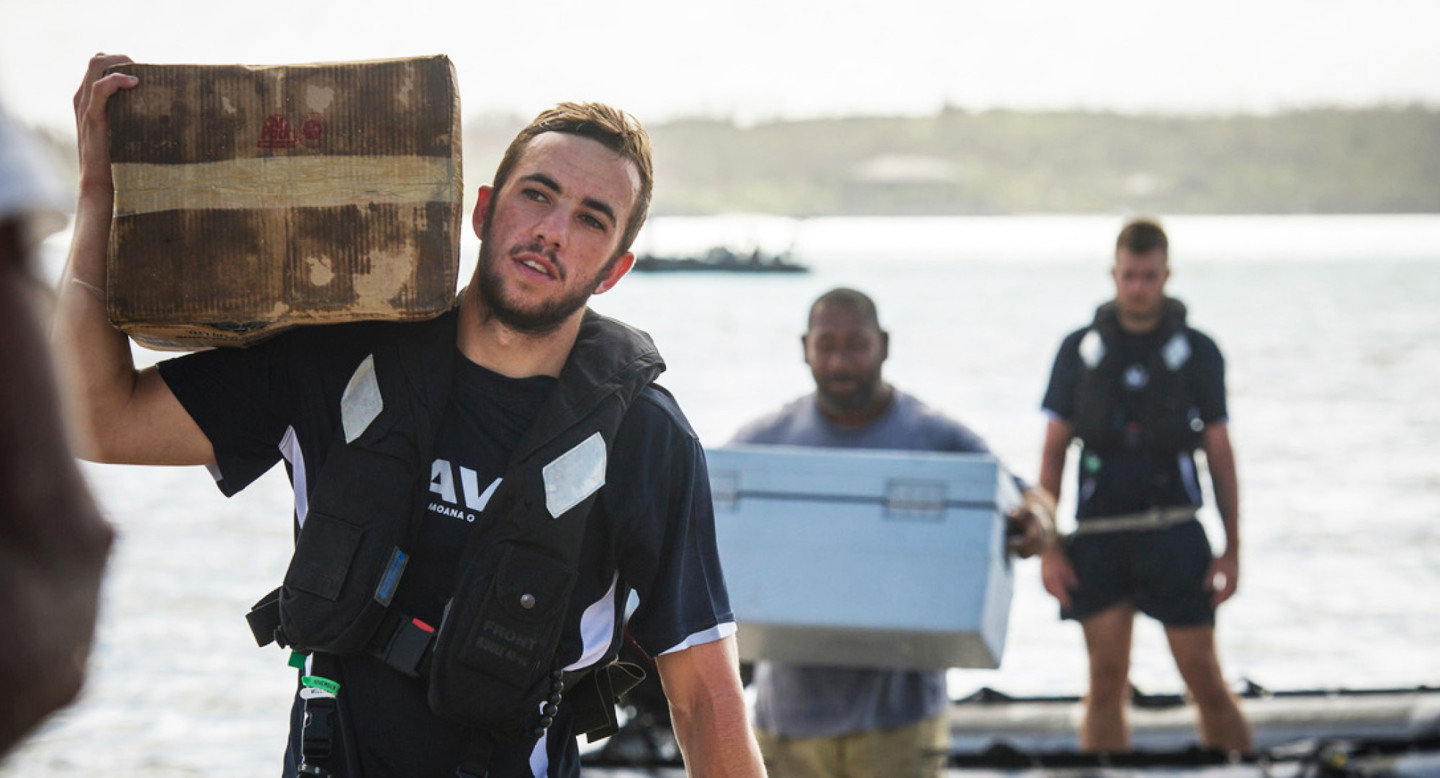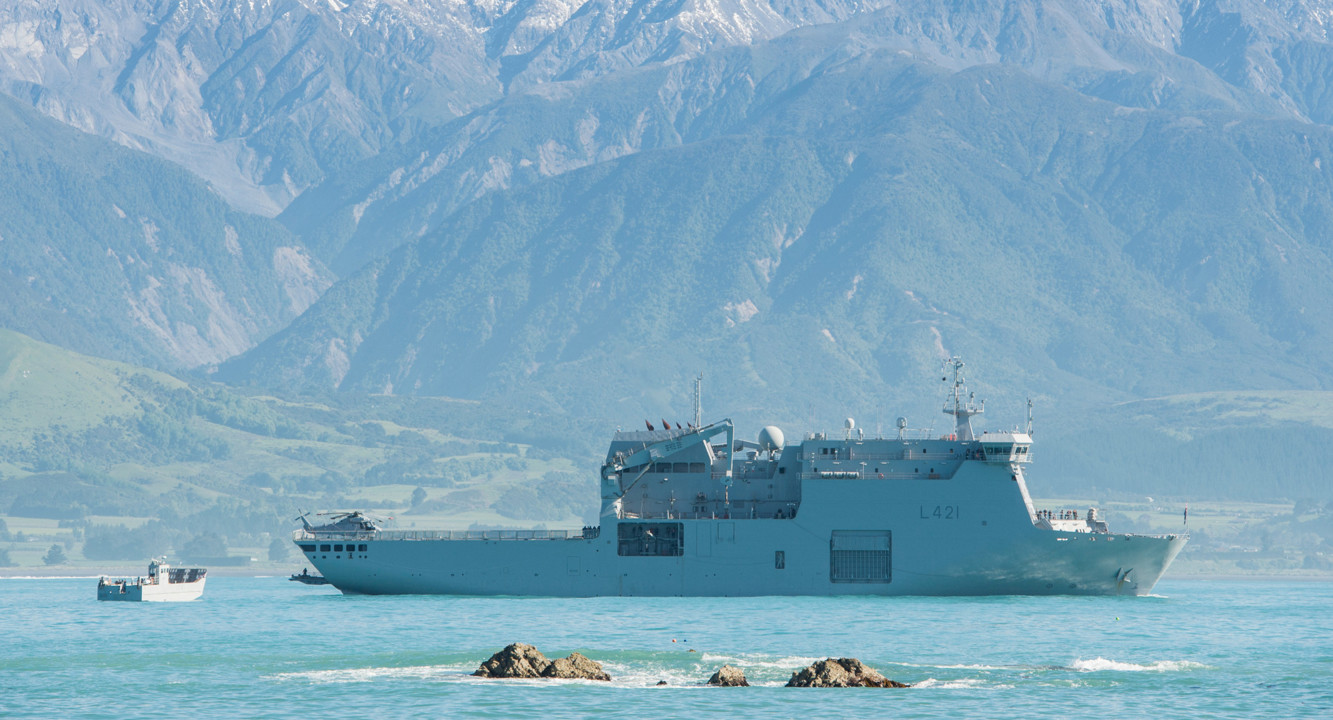The New Zealand Institute of Economic Research (NZIER) recently released its research report, “Valuing the indeterminable? Three perspectives on the value proposition of the New Zealand Naval Combat Force”.
Commissioned by the New Zealand Defence Force and written by NZIER’s Derek Gill and Jim Rolfe of the New Zealand Centre for Strategic Studies, the report is an investigation into whether it is possible to put an economic value on a country’s naval combat force. And if so, what is that value for New Zealand?
Established in 1958, NZIER is New Zealand’s largest independent economic research agency outside of government.
The desirability of being able to value a country’s naval combat force has been widely discussed in the literature but never attempted before – for the simple reason that doing so is difficult. Disentangling and valuing defense’s contribution to a nation’s ongoing existence and success and to its citizens’ well-being is inherently complicated.
Having come up with not one but “three perspectives on the value proposition of the New Zealand Naval Combat Force”, the report represents a significant contribution. One of these perspectives made extensive use of 1000minds.
Discrete choice experimentation
NZIER used 1000minds to conduct what is known in the social sciences as Discrete Choice Experiments (DCEs). DCEs, also known as Conjoint Analysis, are a widely used survey-based methodology for discovering how much people value the various benefits delivered by a particular consumer product or government policy.
In the present context, the NZ naval combat force was conceptualized as a ‘product’ capable of delivering a range of benefits valued by New Zealanders. These benefits include the capability to defend NZ and support the country’s friends and allies, the ability to play a role in global security, and keeping NZ’s options open as far as its future defense capabilities are concerned.
More than 2000 New Zealanders completed two 1000minds DCE surveys designed to discover how much they would be ‘willing to pay’, or WTP, for each of these benefits.
What is the value of the naval combat force for NZ?
Assessing willingness to pay across all the benefits and extrapolating them across the NZ population over a 30-year time horizon (the life of defense hardware), the total value of the NZ naval combat force was calculated to be as much as $10 billion or more. Several important caveats were also discussed.
Specifically, the report’s authors concluded: “Two surveys of the public’s stated preferences had mid-points of $9.8B ($8.7B to $11B) for capability and mid-point for delivered outputs of $3.9B ($3.4B to $4.3B).”
Similarly sized “ballpark estimates” were produced using the other two analytical valuation methods developed in the report. All three methods produced mean estimates in the range of $3.5 billion to $10 billion over 30 years.

Hawks, stoics and doves
A particular strength of 1000minds DCE surveys is that the information about people’s preferences is generated for each individual survey participant (in contrast to most other DCE methods that only produce aggregate results from the group of participants).
This individual-level data enables groups, or ‘clusters’, of participants with similar preferences to be identified. Thus, three distinct groups of New Zealanders were revealed in the study.
The smallest group are the ‘hawks’, whose willingness to fund the naval combat force to defend NZ is the highest. The largest group is the ‘stoic Kiwis’, whose preferences are very diverse in terms of the navy’s capabilities and activities they support. Finally, there are the ‘doves’, who are least in favor of supporting the navy.
Not quite so indeterminable
Overall, the study’s authors concluded that “valuing defense forces is not an indeterminable issue and further refinements are possible.” The valuation methods developed, including use of 1000minds DCE surveys, are likely to be useful for other similarly complicated applications, such as valuing maritime surveillance or other types of government services.
Read the NZIER report:
NZIER (2023), “Valuing the indeterminable? Three perspectives on the value proposition of the New Zealand Naval Combat Force”, final research report for NZDF. https://www.nzier.org.nz/publications/valuing-the-indeterminable-three-perspectives-on-the-value-proposition-of-the-new-zealand-naval-combat-force
A summary of the report is available at https://www.nzdf.mil.nz/media-centre/news/perspectives-on-the-value-proposition-of-the-new-zealand-naval-combat-force/
Share this post on:
